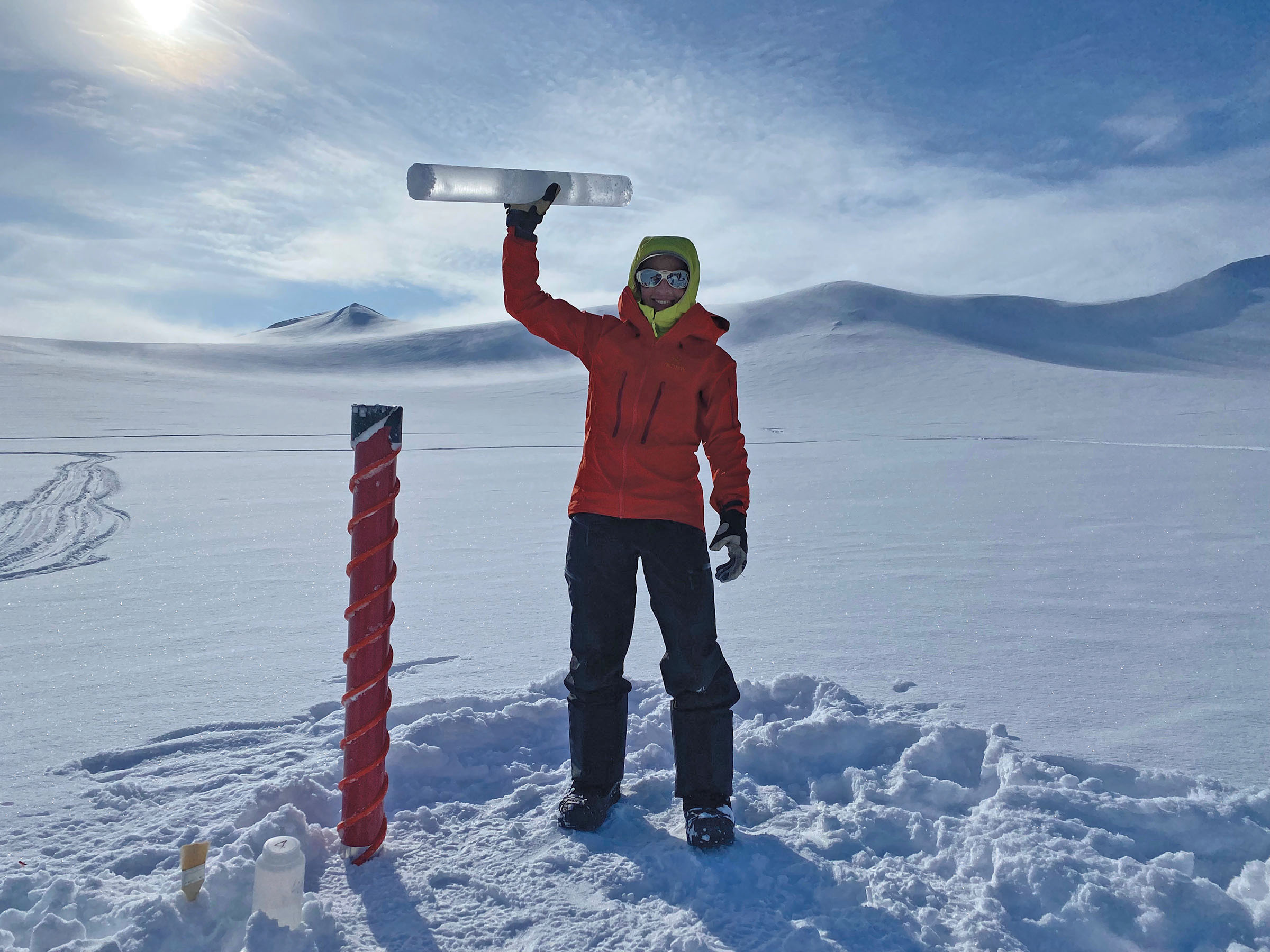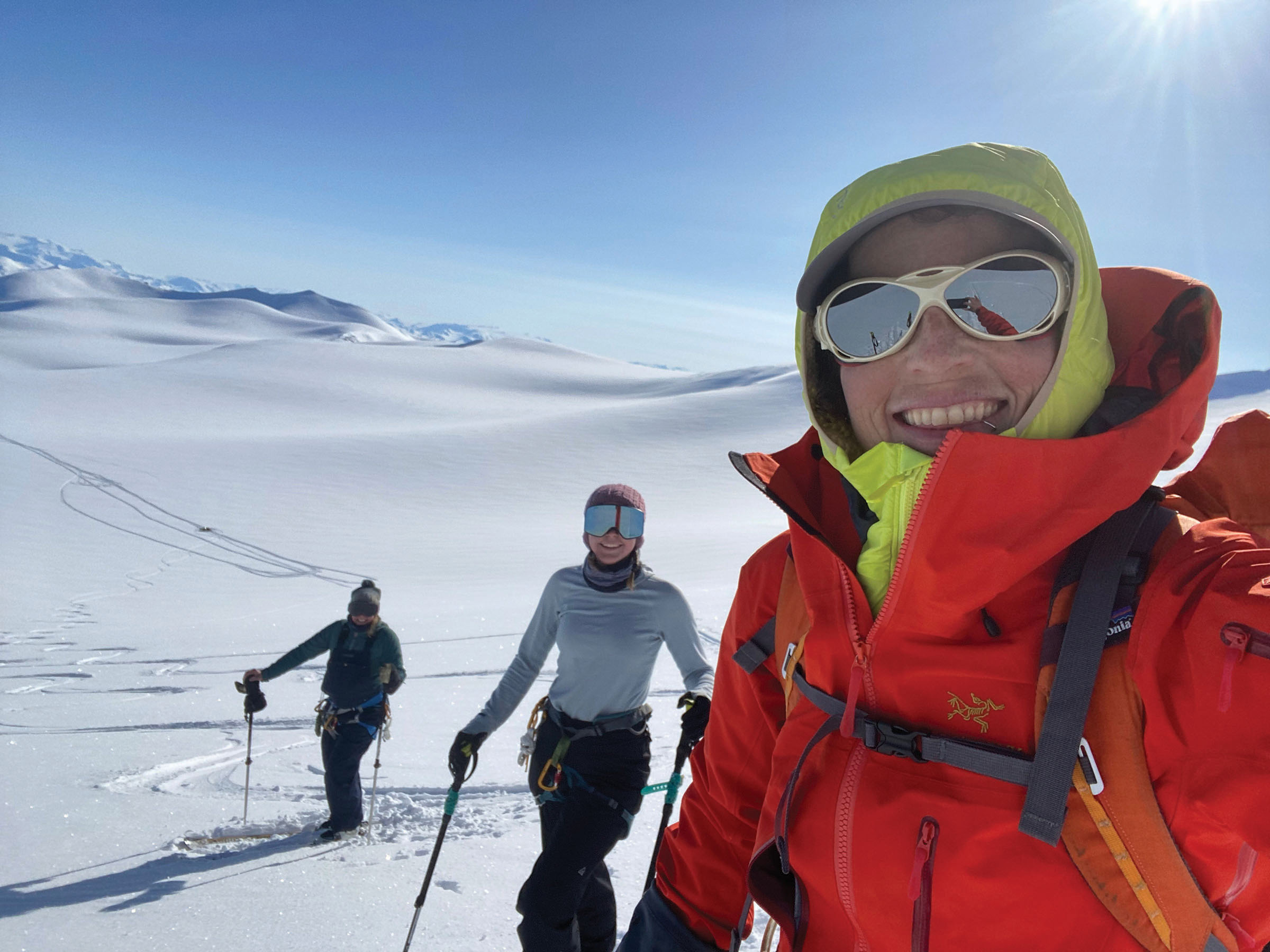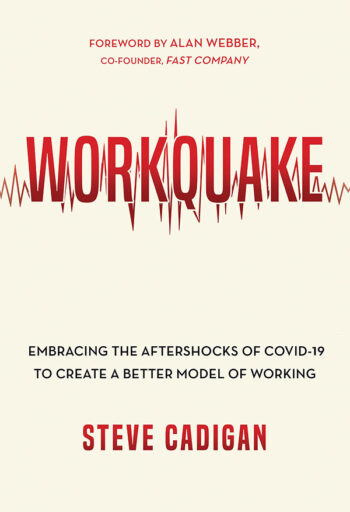Alison Criscitiello ’03 in Her Own Words: Canada’s Müller Ice Cap
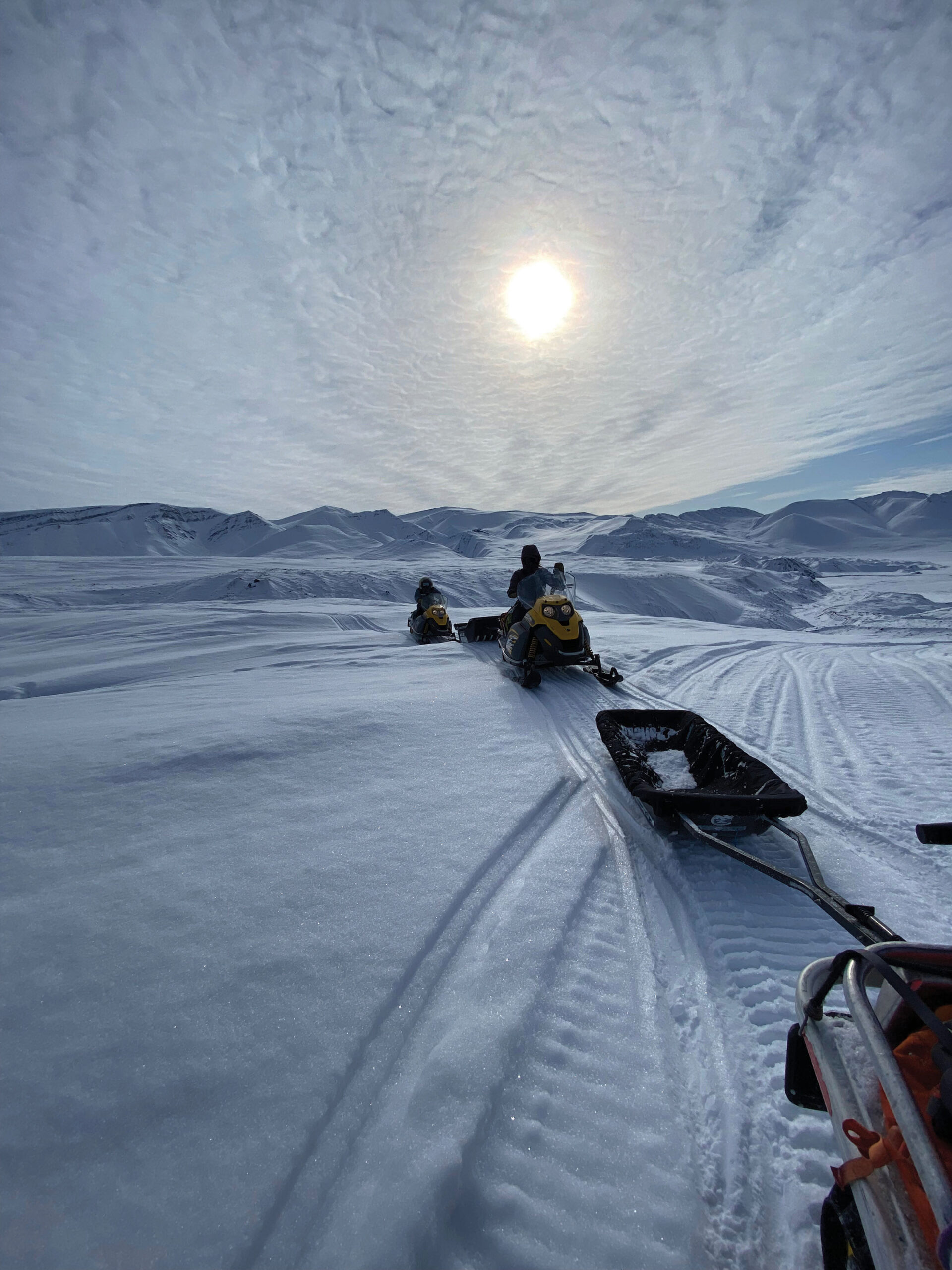
I heard the Arctic wolves call as we skied down to the sea ice edge in Expedition Fiord. I’m so used to working on the high remote summits of small ice caps in the Canadian high Arctic that any wildlife now feels out of place to me in these frozen white worlds. The wolf call came from a canyon to the west, echoing off the walls as our skis crossed their tracks in the snow. The Arctic light cast magic on everything.
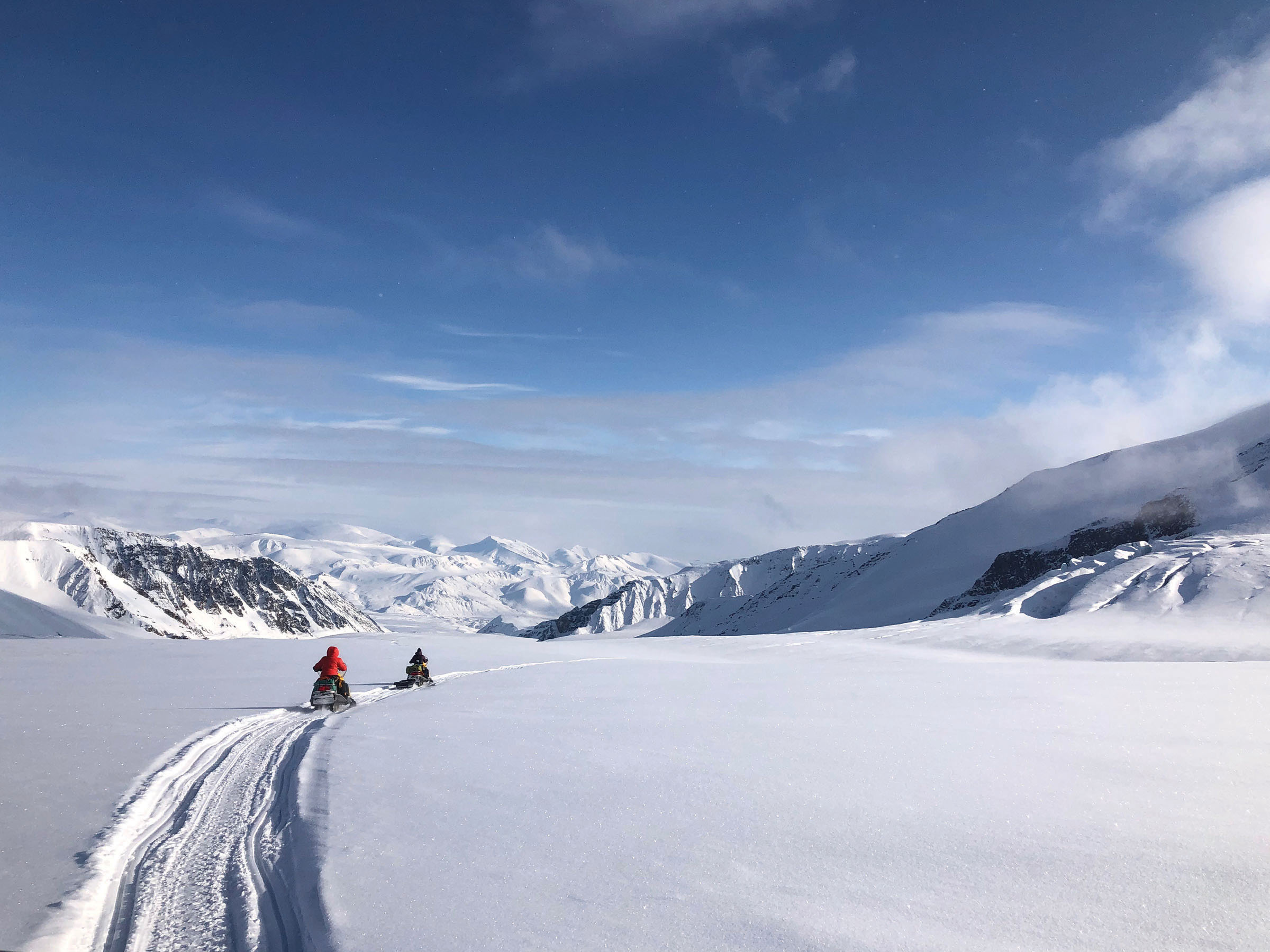
This is Axel Heiberg Island, on the western edge of the Canadian Arctic Archipelago. At 80°N, Müller Ice Cap sits atop Axel Heiberg with ice over 2,000 feet deep at its center. The ice on this far-flung, high-latitude ice cap contains long-term climate information, including new insights into changes in Arctic Ocean sea ice variability in the past. This year, we drilled shallow ice cores and did other exploratory work in preparation for deep surface-to-bedrock drilling in Spring 2024. We pulled radar systems across the ice cap, allowing us to look at the internal stratigraphy of the ice to locate the ideal drilling location, and came home with surface samples that are already helping inform the deep drilling efforts to come.
When the fieldwork on Axel was done, we drove our snowmobiles up the nearly 20-mile length of the island’s Thompson Glacier to its headwall. The ski descent put enormous grins across our faces; sublime views down the glacier with perfect turns and a sun dog to boot (a circular rainbow that forms around the sun in extreme cold, when ice crystals are present in the atmosphere). A couple days later I skied solo down to the coast and moved again among the wolf tracks as a cold ocean mist blew in. The terrain near the coast is mellow and rolling, while up-glacier brings a stark contrast of steep cirques and exposed ridgelines above the ice. I felt wonderfully small. My lungs bellowed and I remembered every -40° breath I’ve ever taken, seemingly all at once. — Alison Criscitiello ’03
Read more about Criscitiello’s work and inspirations in Ice Breaker.

